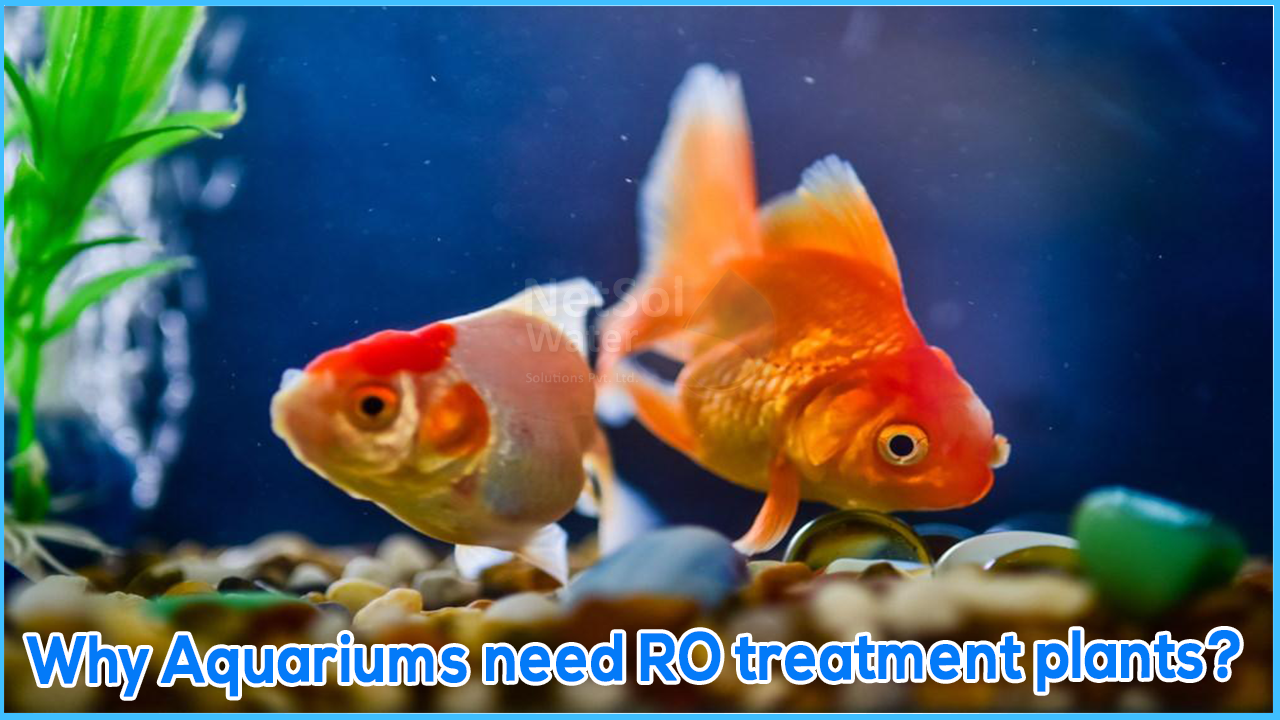What is an Aquarium?
An aquarium is a vivarium, usually contained in a clearsided container in which water dwelling plants and animals are kept in captivity, often for public display or it is an establishment featuring such displays. Aquarium keeping is a popular hobby around the world, with about 60 million enthusiasts worldwide. From the 1850s, when the predecessor of the modern aquarium was first developed as a novelty, the ranks of aquarists have swelled as more sophisticated systems including lighting and filtration systems were developed to keep aquarium fish healthy. Public aquaria is manifolds of a house aquarium.
The careful aquarist is dedicated to maintaining a tank ecology that is based on the natural habitat of its inhabitants. Controlling water quality involves managing the input and output of nutrients, especially the removal of waste produced by tanker trucks. The nitrogen cycle describes the flow of nitrogen from ingestion through food through toxic nitrogenous wastes produced by tank dwellers to metabolism to fewer toxic compounds by beneficial bacteria populations. Other components to maintaining a proper aquarium environment are proper species selection, bioburden management, and good physical design. Failure to comply with these conditions can lead to fish diseases and aquarium becoming a dead water body.
Types of Aquarium
1. Classifications
Aquariums can be classified according to several variables that determine what type of aquatic life can be adequately housed. The conditions and properties of the water in an aquarium are the most important classification criteria, as most aquatic life will not survive even limited exposure to unsuitable aquatic conditions. The size of an aquarium also limits the aquarist in terms of the types of ecosystems they can reproduce, species selection, and bioburden.
2. Water conditions
Solute content in water is perhaps the most important aspect of water conditions, as the total amount of dissolved solids and other components determines the basic chemistry of water and therefore the ability of organisms to interact with their environment.
Salinity is the most basic classification of water conditions. An aquarium can have fresh water (salinity <0.5 PPT) that simulates the environment of a lake or river; Brackish water (a salinity of 0.5 to 30 PPT) that simulates environments between sweet and salty, such as estuaries, and sea water (a salinity of 30 to 40 PPT) that simulates an ocean or marine environment. Even higher salt concentrations are seldom maintained in special tanks for the rearing of brine organisms.
Several other properties of water result from the dissolved content of water and are important for the correct simulation of natural environments. The pH of the water is a measure of how alkaline or acidic it is. Salt water is usually alkaline, while the pH of fresh water varies more widely. Hardness measures the total content of dissolved minerals. The content of dissolved organic substances and the content of dissolved gases are also important factors.
Home aquarists often use modified tap water supplied through their local water supply network to fill their tanks. In freshwater aquariums, only additives to remove chlorine or chloramine (to disinfect drinking water for human consumption) are usually sufficient to prepare the water for use in the aquarium. Brackish or salt water aquariums require the addition of a mixture of salts and other minerals that are commercially available for this purpose. More experienced aquarists can make other changes to their groundwater source to change the alkalinity, hardness, or dissolved organic compounds and gases in the water before adding it to their aquariums.
Two processes are used: deionization or reverse osmosis. In contrast, public aquariums with high water demands are often located near a natural source of water (such as a river, lake, or ocean) to provide access to a large amount of water that does not require much additional treatment.
To maintain the characteristic of water suitable for survival of life in aquariums, RO is used to control the concentration of nutrients in the tank like the TDS limit for survival of fish as it directly links to Dissolved oxygen levels in the water.




